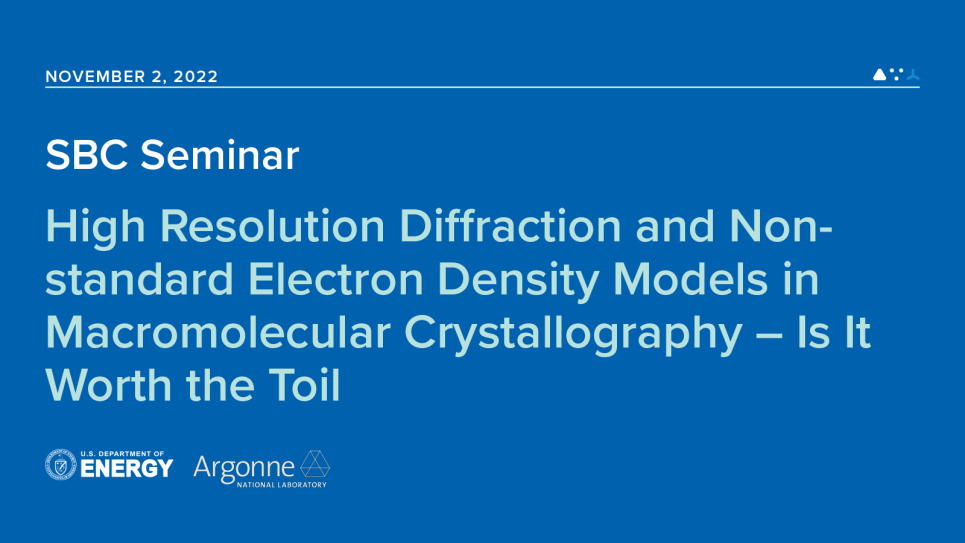
High Resolution Diffraction and Non-Standard Electron Density Models in Macromolecular Crystallography – Is It Worth the Toil?
It is well-known that the X-ray diffraction data contain much more information than that described by the standard electron density model, used by almost (?) all refinement software. To make use of this information several methods have been proposed, of which the most popular ones are multipolar model of electron density distribution (Hansen-Coppens model) or the methods combining the experimental data with the quantum calculations. Such approaches turned out to be quite successful in the realm of small molecules, showing the importance of acquiring very good and high-resolution data. Of course, some attempts to transfer such models to the macromolecules – proteins and nucleic acids have been made, but this is quite another level of complications, caused by the lack of high resolution data, the presence of solvent molecules, multiple conformations and by the non-centrosymmetricity of the objects of the studies.
There are very few examples of (more or less) successful results which are described and the question included in the title – if these results are worth the efforts – will be addressed. Unfortunately, no ultimate answers are presented…